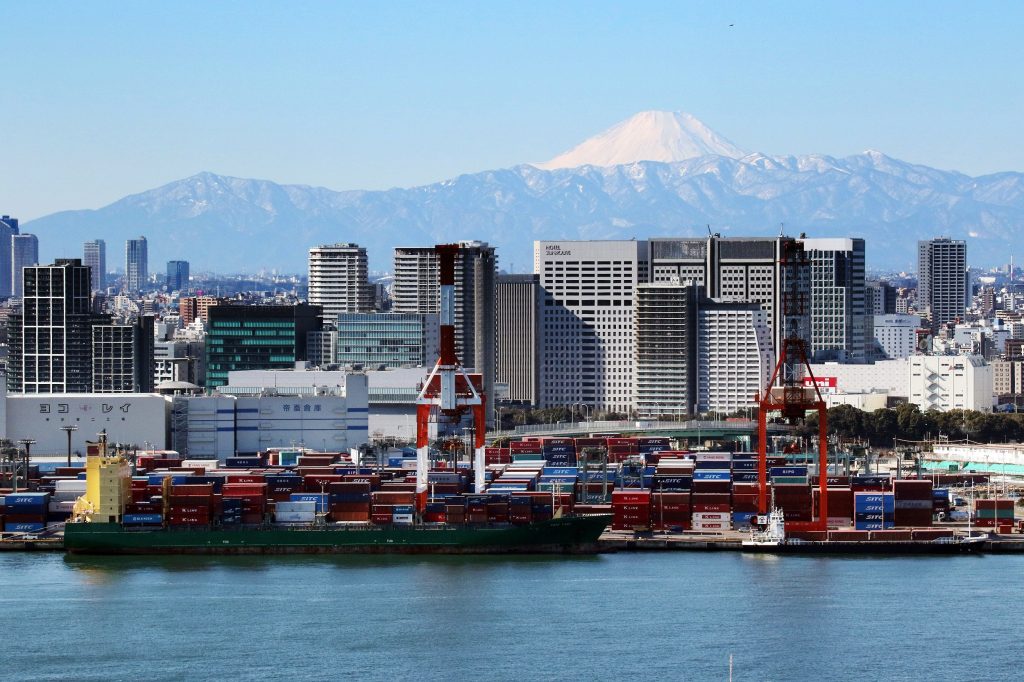
- ARAB NEWS
- 04 May 2024

Reuters, Tokyo
Japanese manufacturing activity contracted again in November, with export orders at their weakest in five months due to slowing foreign demand, including from China.
The Jibun Bank Final Japan Manufacturing Purchasing Managers’ Index (PMI) edged up to 48.9 on a seasonally adjusted basis, up a notch from last week’s preliminary reading of 48.6 and compared to October’s final reading of 48.4.
Despite the slower pace of decline, the index stayed below the 50.0 threshold that separates contraction from expansion for a seventh month, marking the longest such run since a nine-month stretch from June 2012 to February 2013.
The PMI survey pointed to deepening rifts in the world’s third-largest economy, with key indicators such as factory output and total new orders suffering from subdued external and domestic demand.
“Japan’s manufacturing sector remains firmly stuck in contraction,” said Joe Hayes, economist at IHS Markit, which compiles the survey.
“Export orders dropped at the fastest rate since mid-year amid reports of demand weakness at key trade destinations, namely China.”
A batch of gloomy data, including weak October exports and retail sales, have painted a dark picture for the economy after figures last month showed growth nearly stalled in the third quarter.
New export orders fell to their lowest level since June largely on slowing demand from China, while the backlog of work remained weak, slipping to a level not seen since late 2012.
“At the sub-sectors, it was intermediate and investment goods which were the primary sources of economic decline,” IHS Markit’s Hayes said.
“Inventories of inputs also fell at a sharp rate, suggesting that firms are not expecting output requirements to rise anytime soon.”